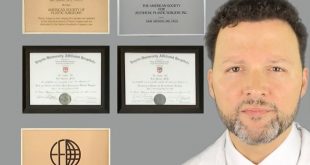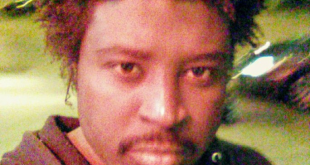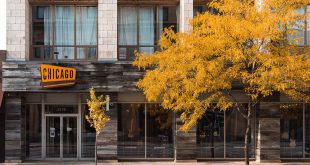A new form of lie detection could stop crimes before they happen.
By Nicole Frehsee
With its weathered blue sofa, textbook-littered desks and corkboard plastered with postcards from spring-break spots like Florida and Hilton Head, Room 202 in Northwestern University’s Cresap Hall could easily belong to a frat brother. But no keg parties or Guitar Hero marathons have taken place within its yellowing walls. It’s a laboratory where psychologist and professor Peter Rosenfeld is working to read minds—by building the ultimate lie detector.
Rosenfeld isn’t tinkering with knob-covered polygraph machines like the ones seen on cop shows. Instead, the burly 72-year-old is strapping electrodes to people’s heads and grilling each subject with questions designed to activate brain waves called P300s, which are triggered when a person recognizes a stimulus, like a picture or a word. For example, if you show a jewel thief a picture of a diamond he stole, he’ll most likely emit a P300 signal. (P stands for positive, and 300 is the minimum number of milliseconds it takes for the person to recognize the image.) Rosenfeld’s claim: Besides helping pinpoint whodunit, P300s can be used to predict and prevent future crimes by plucking essential information from the brains of would-be perpetrators.
With his thinning gray hair and a New York accent that’s survived four decades in Chicago, Rosenfeld has been studying deception detection at Northwestern since the early ’80s. But after September 11, he started to think about his research in a new light. “I realized the government would be interested in an antiterror scenario,” he says. Last June, he published the findings of an unprecedented mock terrorism study in the scientific journal Psychophysiology.
via Northwestern University’s deception lab – Arts + Culture – Time Out Chicago.
 News Chicago Business, Info & Events
News Chicago Business, Info & Events









